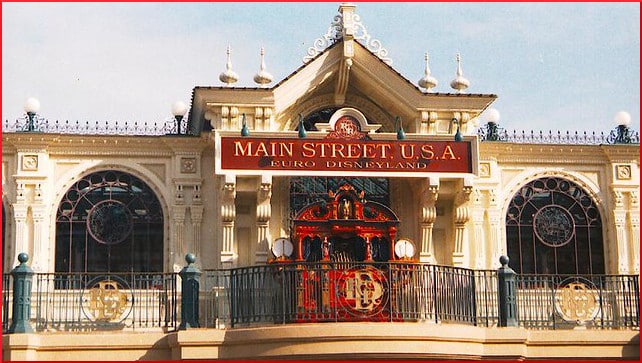
This post picks up where the previous one left off because for both, the same questions will come up at the end.
In the years following the Master Settlement Agreement (MSA) of 1998, smoking in movies is said to have decreased according to three different metrics. One is proportion, or the number of movies that show smoking, versus the smoke-free ones. Another is enumeration. Within each film that is examined, in how many scenes does a character smoke? If a scene includes more than one actor smoking, they probably count as additional offenses. The third criterion is duration, which requires logging the number of seconds a character spends smoking in each scene, and totaling them up.
This led to a theory as to why onscreen smoking decreased. Previously, financial compensation for the filmmakers had depended on clear brand identification. A director was tempted to linger in a scene, giving the movie audience full opportunity to appreciate the fact that glamorous people onscreen smoke not just any cigarettes, but the particular brand made by the tobacco company that paid. After the Agreement became a factor, and brand identification was no longer part of the equation, the incentive to prolong a shot was removed.
Special cases
Now skip back to a time long before the MSA, when a couple of major producers banned smoking in films that children would be likely to see. Their change of policy was not entirely altruistic, as implied by The Guardian film writer and the blogger Ben Child, who says it occurred…
[…] two months after US ratings body the Motion Picture Association of America said it would consider the habit when awarding film certificates.
In the summer of 2007, Disney CEO Bob Iger told the House Telecommunications and Internet Subcommittee that his company would henceforth “discourage depictions of cigarette smoking.” He “expected” that in future Disney films, smoking would be nonexistent. (The very next day, the Hallmark Channel made a similar promise to the committee.)
Strangely, in 2015, the same Disney CEO announced that the studio would ban smoking in all its films. Some Americans scratched their heads, seeming to recall that they had already heard the announcement, about eight years before. What about this discrepancy? But corporate life is complicated, as the K-Message author Piotr Wrzosiński explains:
In 2007 Disney went step ahead and stopped showing tobacco products in its own movies (but only those under Disney brand).
In 2015, under pressure from stakeholders, CEO of Walt Disney, Robert Iger said that he would prohibit smoking in all Disney films going forward, including Marvel, Lucas, Pixar and Disney.
There have been and will continue to be certain exceptions, for instance, to accommodate historical accuracy. One sociologically meaningful result has been, if a character in a live-action or animated film smokes, she or he is most likely a villain. This might have stopped some kids from picking up a habit — or it might have done the opposite.
Fun facts: Up until 1991, there was a tobacco store on Disneyland’s Main Street USA. A 2013 movie about founder Walt Disney gave no indication whatsoever of his three-pack-per-day habit, and at some point the cigarettes were airbrushed from all photographs of him.
Only a few days ago, in March 2019, Disney banned all smoking at both the giant theme parks and all its other corporate attractions in America.
Your responses and feedback are welcome!
Source: “Clearing the air: Disney to ban smoking in all future movies,” TheGuardian.com, 03/13/15
Source: “Disney Films To Be Smoke-Free,” BroadcastingCable.com, 07/25/07
Source: “Disney bans smoking in films,” Telegraph.co.uk, 03/15/15
Source: “Disney is Advertising Tobacco. So What? Disney and Tobacco Advertising,” K-Message.com, 06/15/16
Photo credit: Anton Raath (Fugue) on Visualhunt/CC BY-SA

 FAQs and Media Requests:
FAQs and Media Requests: 











